Gamification: incentives and learning
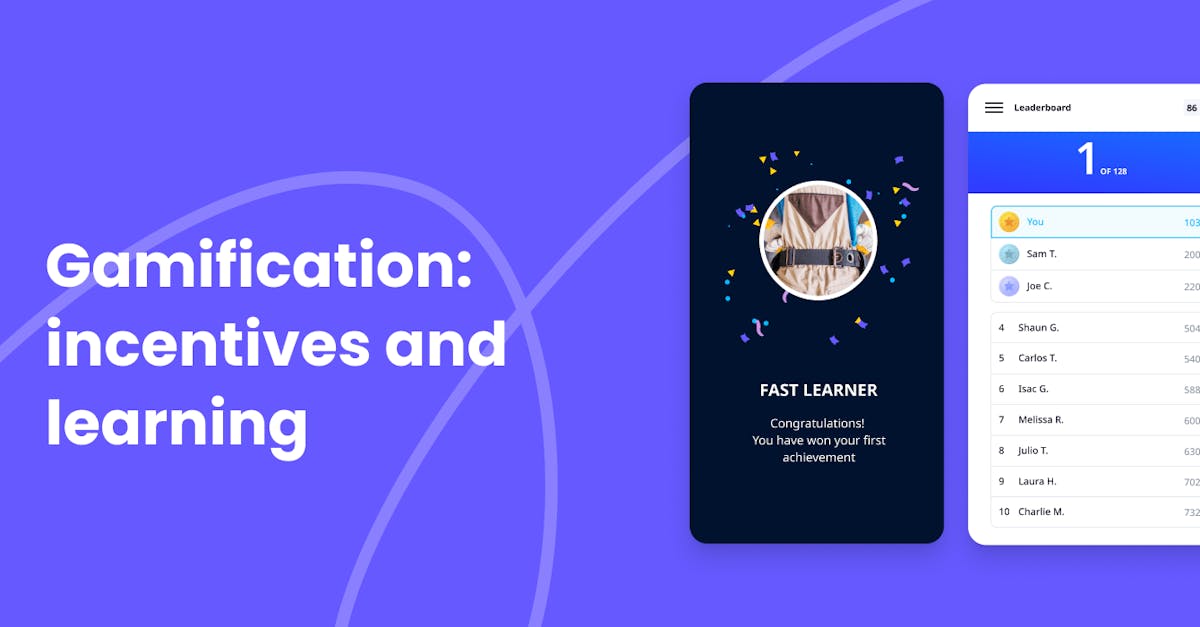
Finding new and exciting ways to engage and motivate learners should be at the forefront of your training strategy. Gamification, a concept that combines game elements with learning experiences, has emerged as a powerful tool to achieve this goal.
For this article, we’ll explore the impact of gamification in educational and corporate training settings, discuss effective strategies, and highlight success stories.
What is gamification?
Gamification involves applying game mechanics, such as points, badges, levels, and leaderboards, to non-game contexts. It transforms traditional learning experiences into interactive and enjoyable activities, capturing learners' attention and inspiring their active participation.
With elements of competition, collaboration, and achievement, gamification taps into the natural human inclination for challenge and rewards.
What are gamification incentives?
Gamification incentives are rewards or motivators that are incorporated into gamified experiences. They encourage engagement, participation, and achievement. These incentives serve as powerful tools to enhance motivation and drive desired behaviors among learners or participants.

While it’s a great way to engage your learners, it’s important to note that the design of gamification incentives should be carefully balanced. Overemphasizing rewards, for example, may lead to a dependency on external motivators, while neglecting intrinsic motivation can result in shallow engagement that lacks personal meaning and fulfillment.
Effective gamification strategies strike a balance between both types of incentives to create a motivating and rewarding learning experience.
How is gamification different from incentives?
Gamification and incentives are related concepts. For example, as stated above, there’s a type of incentive that heavily uses gamification and its principles. But, individually, they differ in their scope and application within the context of motivating and engaging individuals.
The goal of gamification is to make the learning or work experience more enjoyable, interactive, and rewarding. It does this by incorporating game elements that share immediate feedback, a sense of progression, and a feeling of accomplishment.
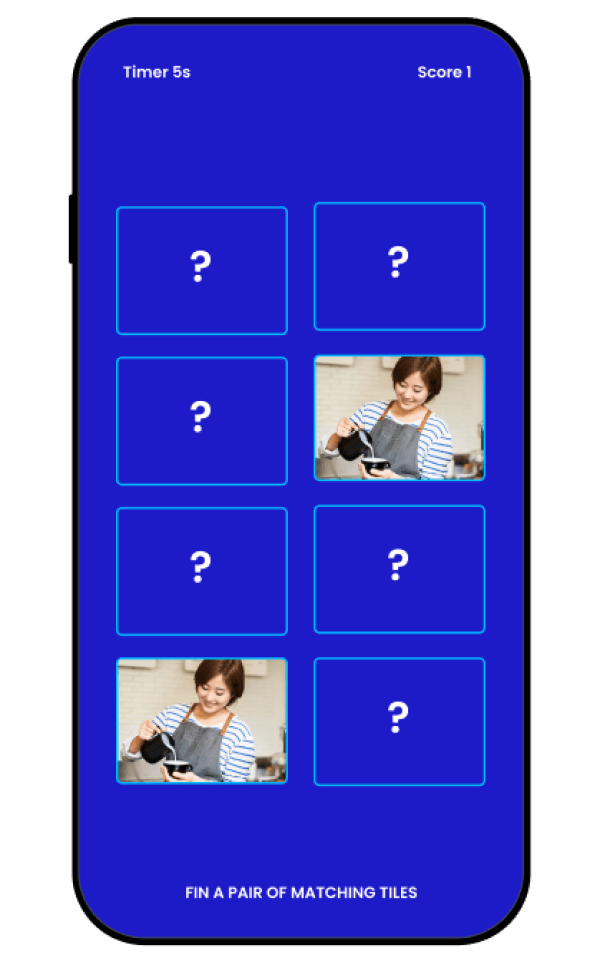
On the other hand, incentives are specific motivators used to encourage desired behaviors or outcomes. Incentives can take various forms, such as tangible rewards, recognition, privileges, or benefits.
They are often external motivators aimed at enticing individuals to perform a particular action or achieve specific goals. Incentives can be used in gamification as a means to reinforce desired behaviors, drive engagement, or offer extrinsic rewards for accomplishing milestones or objectives. But, incentives are not exclusive to gamification and can be employed in other contexts as well.
How do you incentivize through gamification?
Now that we’ve tackled the differences between gamification and incentives themselves, we’ll now go through how you can use gamification to incentivize learning.
Intrinsic and Extrinsic Motivation
Gamification harnesses both intrinsic and extrinsic motivation to drive engagement. Intrinsic motivation stems from the inherent satisfaction and enjoyment derived from the learning process itself.

Extrinsic motivation, on the other hand, comes from external factors like rewards, recognition, and competition. An effective gamification strategy strikes a balance between these two forms of motivation to maintain learners' interest and commitment.
Rewards and Recognition
Rewarding progress and recognizing achievements are central to gamification. Tangible rewards, such as virtual badges or points, serve as immediate reinforcements, while intangible rewards like virtual status or unlocking new levels create a sense of accomplishment.
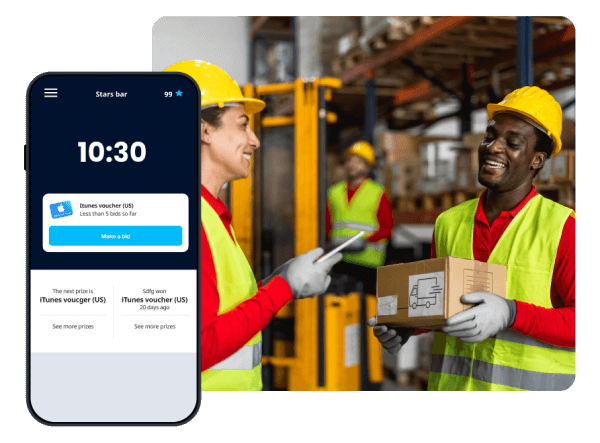
So, public recognition through leaderboards and social sharing fosters healthy competition and motivates learners to strive for excellence.
What is game-based learning?
Game-based learning is an educational approach that incorporates games and game principles into the learning process to enhance engagement, motivation, and learning outcomes.
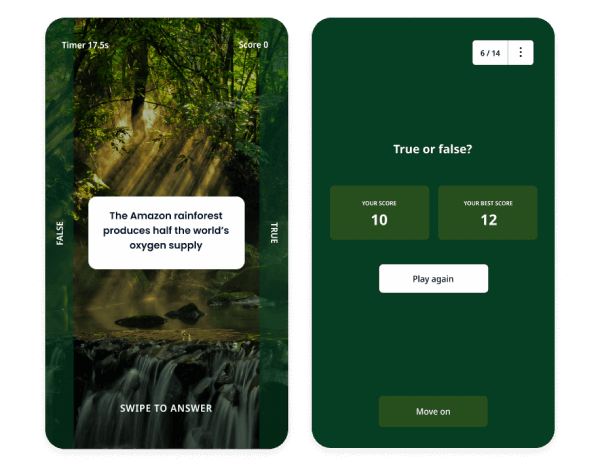
In game-based learning, educational content is designed and delivered in the form of games or game-like activities. These can range from simple online quizzes and interactive simulations to more complex, immersive experiences with narrative structures and virtual environments.
The games are designed to align with learning objectives, sharing opportunities for learners to actively participate, solve problems, and apply knowledge in a dynamic and interactive manner.
Advantages of game-based learning
One of the key advantages of game-based learning is its ability to make the learning process enjoyable and engaging. By incorporating elements of fun, excitement, and challenge, games capture learners' attention and maintain their motivation throughout the learning experience. This heightened engagement promotes active participation, deepens understanding, and enhances knowledge retention.
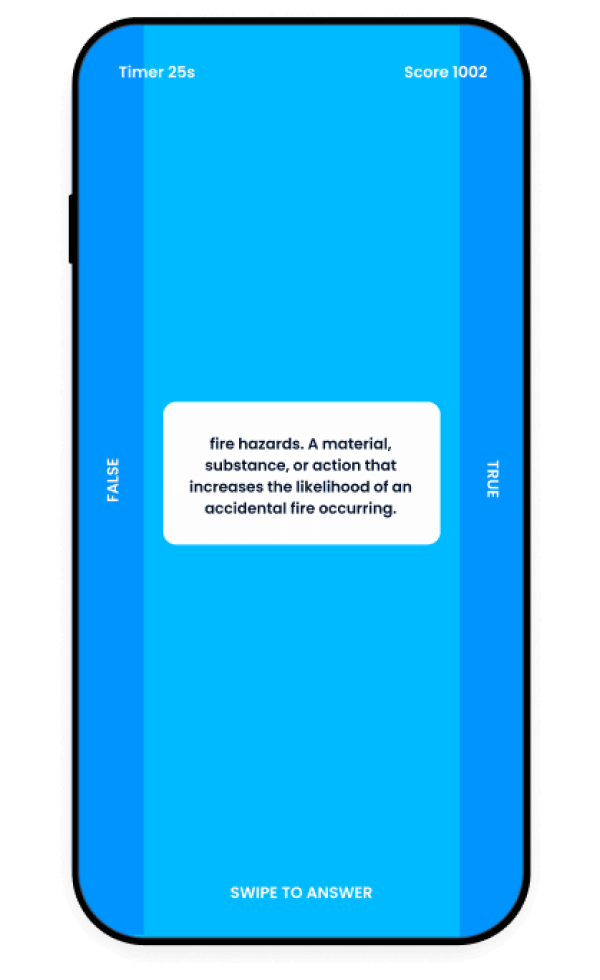
Game-based learning also fosters critical thinking, problem-solving skills, and collaboration. Games often present learners with challenges or puzzles that require them to think critically, strategize, and make decisions. In multiplayer or collaborative games, learners can engage in teamwork, negotiation, and communication, fostering social skills and cooperation.
Additionally, game-based learning allows for personalized and adaptive experiences. Games can adapt to the individual learner's progress, giving tailored feedback, challenges, and content based on their proficiency level or learning needs. This personalized approach promotes individualized learning pathways and addresses the diverse needs and preferences of learners.
Game-based learning has been widely used in various educational settings, including schools, universities, and corporate training programs. It has proven to be effective in enhancing learner engagement, motivation, knowledge acquisition, and skill development across a wide range of subjects and disciplines.
Game-based learning vs gamification. What are the key differences?
Game-based learning and gamification are two distinct approaches to integrating game elements into the learning process, each with its own characteristics and purposes. Here are the key differences between game-based learning and gamification:
- Nature of Approach:
- Game-Based Learning: Game-based learning involves using actual games or game-like activities as the primary vehicle for delivering educational content. The focus is on creating immersive, interactive, and educational game experiences.
- Gamification: Gamification, on the other hand, incorporates game elements and mechanics into non-game contexts to enhance motivation and engagement. It applies game-like features, such as rewards, leaderboards, or badges, to motivate learners within existing learning environments.
- Learning Content:
- Game-Based Learning: Game-based learning centers around the integration of educational content directly into gameplay. The content is embedded within the game mechanics, narratives, and challenges, offering a holistic learning experience.
- Gamification: Gamification supplements existing learning content or activities with game elements. It overlays game-like features onto non-game activities, such as quizzes, assessments, or progress tracking, to make them more engaging and motivating.
- Design and Development:
- Game-Based Learning: Game-based learning requires the design and development of complete games or game-like experiences. This can mean creating game mechanics, narratives, levels, and immersive environments that align with specific learning objectives.
- Gamification: Gamification focuses on the strategic integration of game elements into existing learning materials or activities. It involves identifying appropriate game mechanics, rewards, and progress indicators that can be incorporated to enhance motivation and engagement.
- Immersion and Interactivity:
- Game-Based Learning: Game-based learning aims to deliver immersive and interactive experiences where learners actively engage with the game environment, make decisions, and experience consequences based on their actions.
- Gamification: Gamification enhances interactivity and engagement within existing learning activities but may not give the same level of immersion as game-based learning. It focuses more on incorporating game elements to motivate learners and increase their participation.
- Scope of Application:
- Game-Based Learning: Game-based learning is well-suited for situations where the entire learning experience is designed as a game, such as language learning apps, educational video games, or immersive simulations.
- Gamification: Gamification can be applied to a broader range of contexts, including e-learning platforms, corporate training programs, or even traditional classroom settings. It adds game elements to existing activities without requiring the complete design of a game.
Gamification in Corporate Training
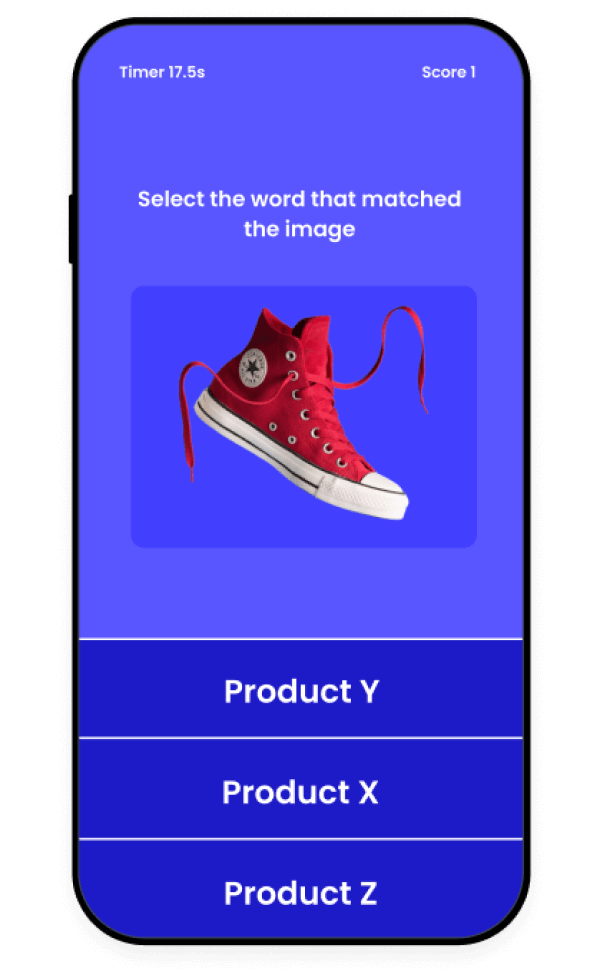
Increasing Employee Motivation
Employee training programs can often be seen as monotonous and disengaging activities. It’s easy for your learners to become uninterested in their training when their formats mimic one another.
Gamification injects excitement and motivation into the learning process by incorporating elements such as leaderboards, competitions, and rewards.
Improving Knowledge Retention
Gamification makes learning memorable by using interactive scenarios, simulations, and quizzes. By actively participating in gamified training modules, employees can apply their knowledge in realistic contexts, reinforcing learning outcomes and promoting long-term retention.
Promoting Skill Development
Skill development is crucial for professional growth. Gamification allows organizations to create immersive learning experiences that simulate real-world challenges. Through gamified simulations, employees can practice skills, receive feedback, and refine their abilities in a safe and engaging environment.
Designing Effective Gamification Strategies
- Clear Objectives and Goals
Successful gamification initiatives begin with well-defined learning objectives and goals. Clear communication of expectations and desired outcomes guarantee that learners understand the purpose of the gamified experience and stay motivated throughout the process.
- Meaningful Challenges and Progression
Gamification should offer meaningful challenges that align with the learners' skill levels. Gradually increasing difficulty and introducing new elements and content help maintain interest and prevent boredom. A well-designed progression system keeps learners engaged by showing a sense of accomplishment and advancement.
- Personalization and Adaptation
Every learner is unique, with different preferences, strengths, and learning styles. Personalization is key to effective gamification. By adapting the experience to individual needs, such as offering different paths or content based on proficiency levels, learners feel more connected and engaged in their learning journey.
- Feedback and Reflection
Continuous feedback is crucial in gamification. Constructive feedback, both immediate and ongoing, guides learners' progress and helps them identify areas for improvement. Additionally, opportunities for reflection and self-assessment allow learners to evaluate their own performance and set goals for further development.
The Role of Technology in Gamification
- Gamified Learning Platforms
Advancements in technology have paved the way for sophisticated gamified learning platforms. These platforms offer a range of features like interactive quizzes, progress tracking, and personalized learning paths. With embedded analytics, educators and organizations gain valuable insights into learners' performance and engagement.
- Mobile Apps and Gamified Experiences
Mobile apps have revolutionized the way we access and consume content. Gamified experiences on mobile platforms give learners the flexibility to learn anytime, anywhere. Bite-sized lessons, interactive challenges, and social features make learning convenient, engaging, and accessible on-the-go.
Challenges and Considerations
- Balancing Fun and Learning
While gamification aims to make learning enjoyable, striking the right balance between fun and educational content is crucial. Overemphasizing entertainment might compromise the learning objectives, while a lack of engagement might lead to disinterest. Effective gamification finds the sweet spot between entertainment and educational value.
- Avoiding Overuse and Dependency
Gamification should complement, not replace, traditional teaching methods. Over-reliance on gamification might hinder the development of essential skills like discipline, perseverance, and critical thinking. Educators must carefully integrate gamified elements into the broader learning experience.
- Securing Accessibility and Inclusivity
Not all learners have the same abilities or access to technology. It is vital to consider accessibility and inclusivity when designing gamified experiences. Showing options for different learning styles, accommodating diverse needs, and guaranteeing compatibility with intuitive technologies are essential aspects of inclusive gamification.
Success Stories: Platforms built on gamification
Duolingo - Language Learning Made Fun
Duolingo, a popular language learning platform, gamifies the process of acquiring new languages. Through gamified lessons, personalized challenges, and bite-sized content, Duolingo has attracted millions of learners worldwide. It harnesses gamification to make language learning engaging, effective, and accessible to all.
Khan Academy - Gamified Education for All
Khan Academy, a renowned online education platform, incorporates gamified elements to motivate and engage learners. By awarding points, badges, and achievements, Khan Academy encourages progress and celebrates learning milestones. It has successfully transformed the educational landscape with its innovative gamification approach.
How EdApp changes the gamification field
EdApp is a powerful gamification tool that offers a wide range of features and capabilities to enhance the learning experience. With its user-friendly interface and comprehensive functionality, EdApp has become a popular choice for organizations and trainers looking to incorporate gamification into their training programs.
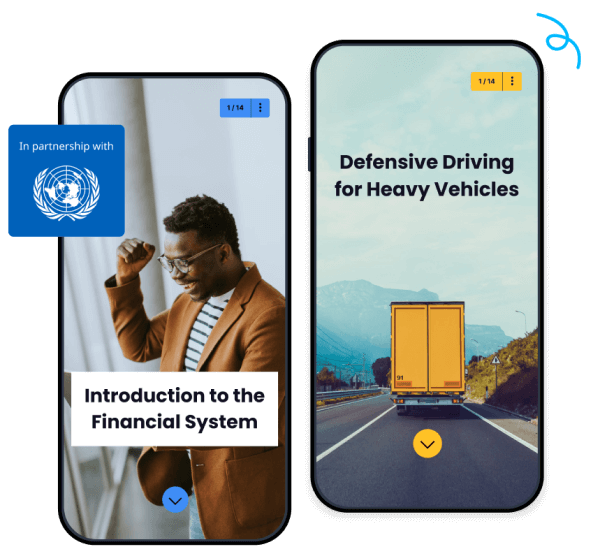
One of the key strengths of EdApp is its ability to easily gamify learning content. The platform allows users to add game elements, such as points, badges, levels, and leaderboards, to their training modules. These mechanics serve as powerful incentives to motivate learners, increase engagement, and drive desired behaviors.
EdApp also offers a variety of interactive features that enhance the gamified experience. These include quizzes, assessments, surveys, assignments, and multimedia content, all of which can be seamlessly integrated into the learning modules. Your learners can actively participate, test their knowledge, and receive immediate feedback, creating an immersive and interactive learning environment.
Personalization is another notable feature of EdApp. The LMS allows for adaptive learning paths, where learners receive content tailored to their specific needs and progress. This personalized approach makes sure that each learner receives a customized and relevant learning experience, maximizing engagement and knowledge retention.
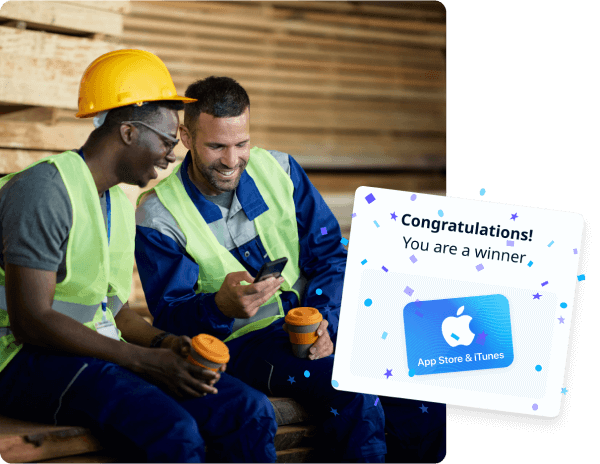
EdApp is a mobile learning management system designed for today’s digital habits, delivering more engaging and effective micro-learning directly to learners anytime and anywhere.
Sign up for this gamified learning tool today.
Author
Stephanie Escuadro
Stephanie is an eLearning content writer for SC Training (formerly EdApp), a microlearning solution designed for today's digital habits. She creates content about cutting-edge learning technologies and resources to help companies deliver great training experiences. When not absorbed in writing, she spends her time taking care of her dog and binge-watching.
